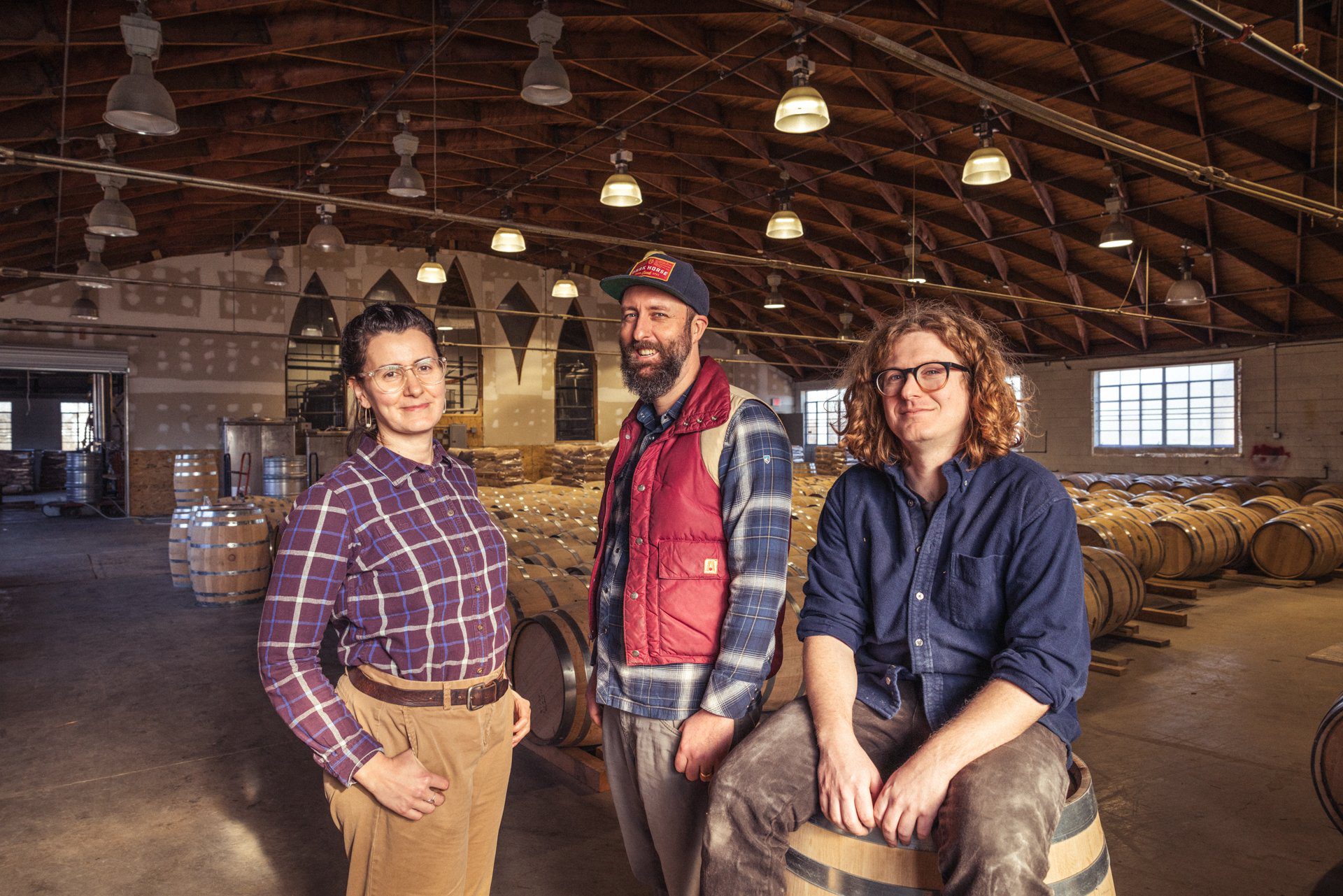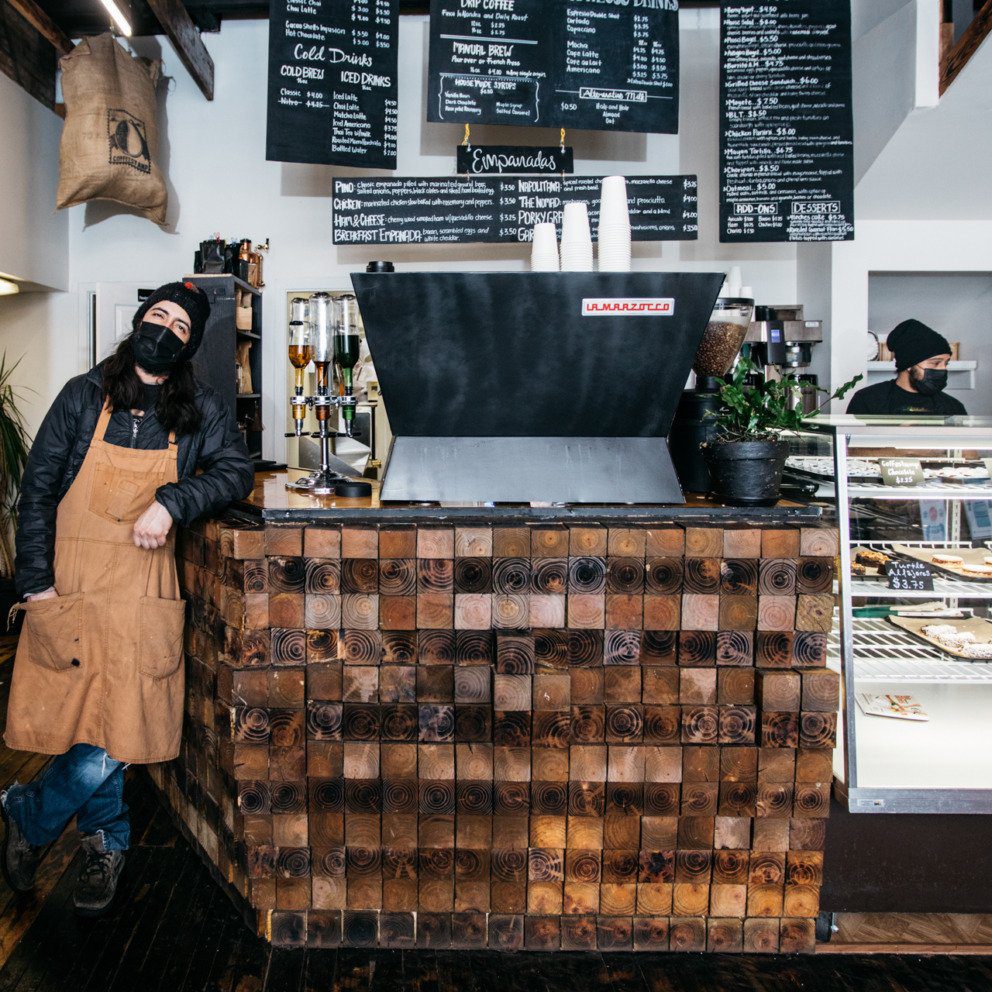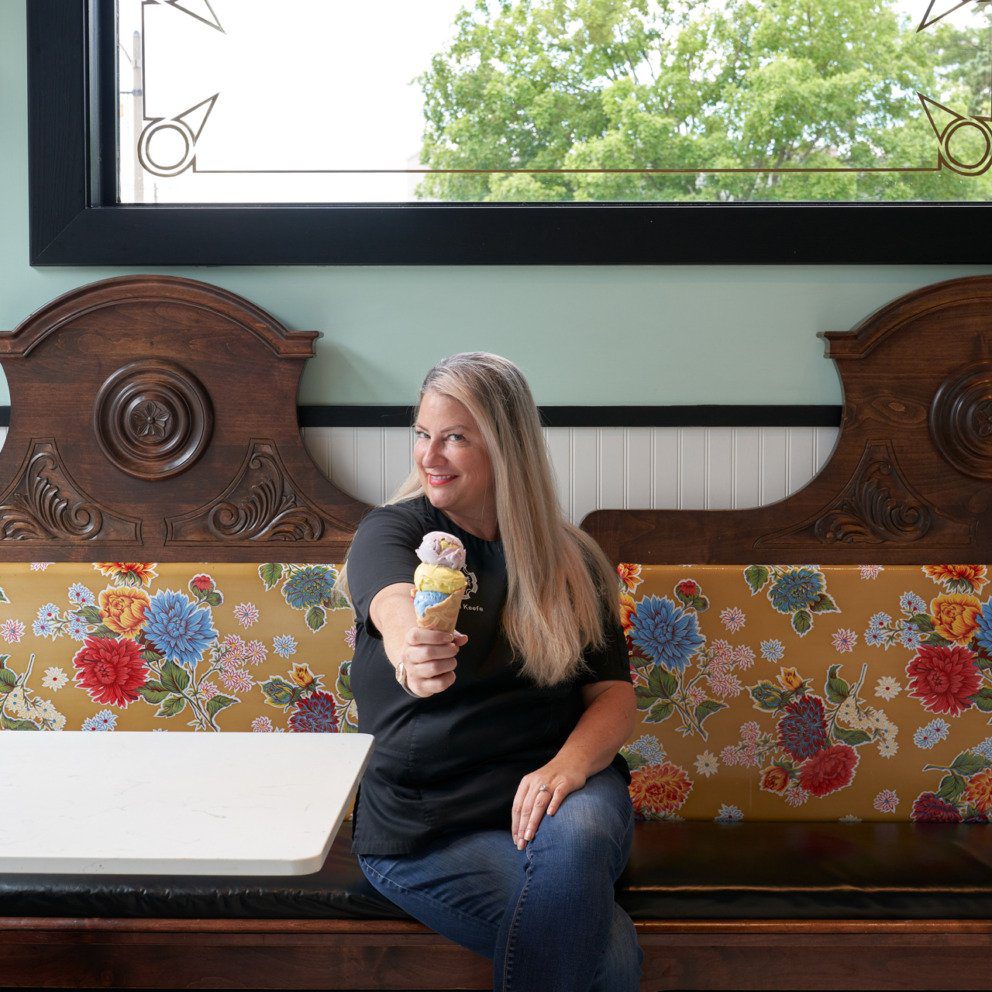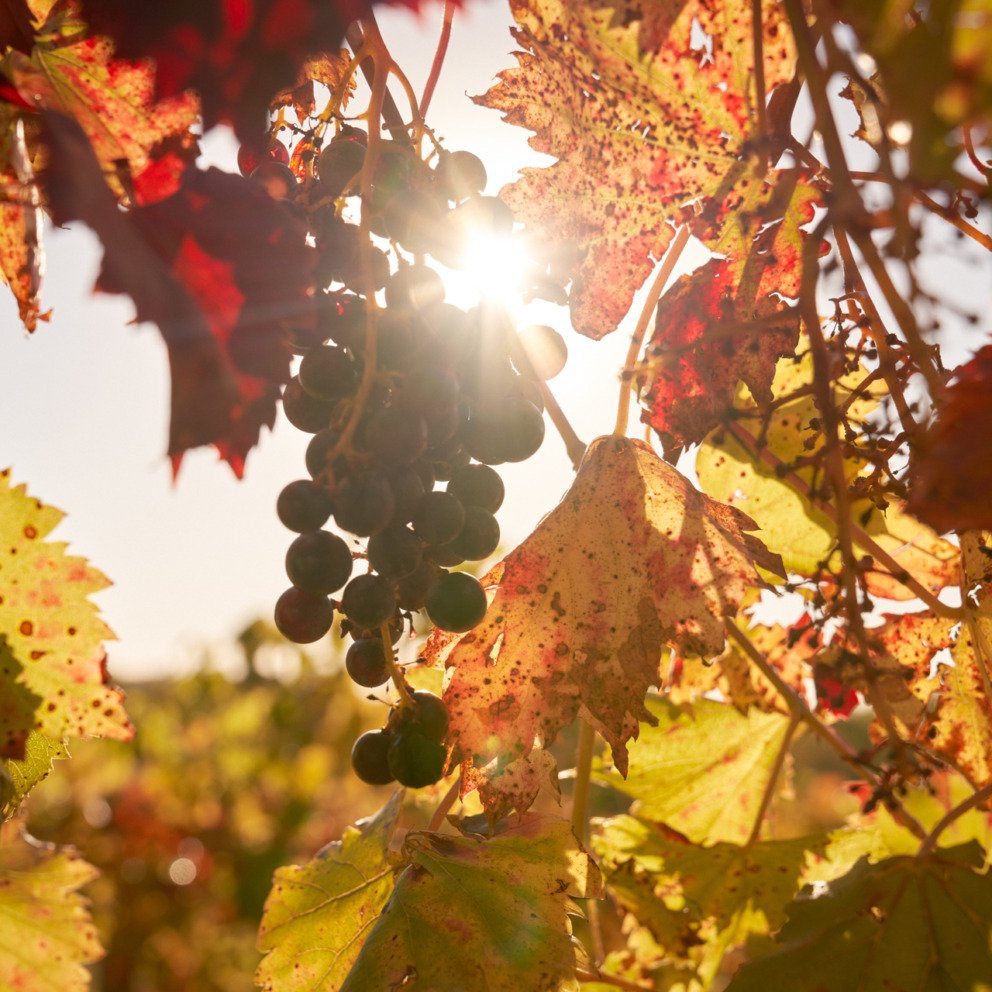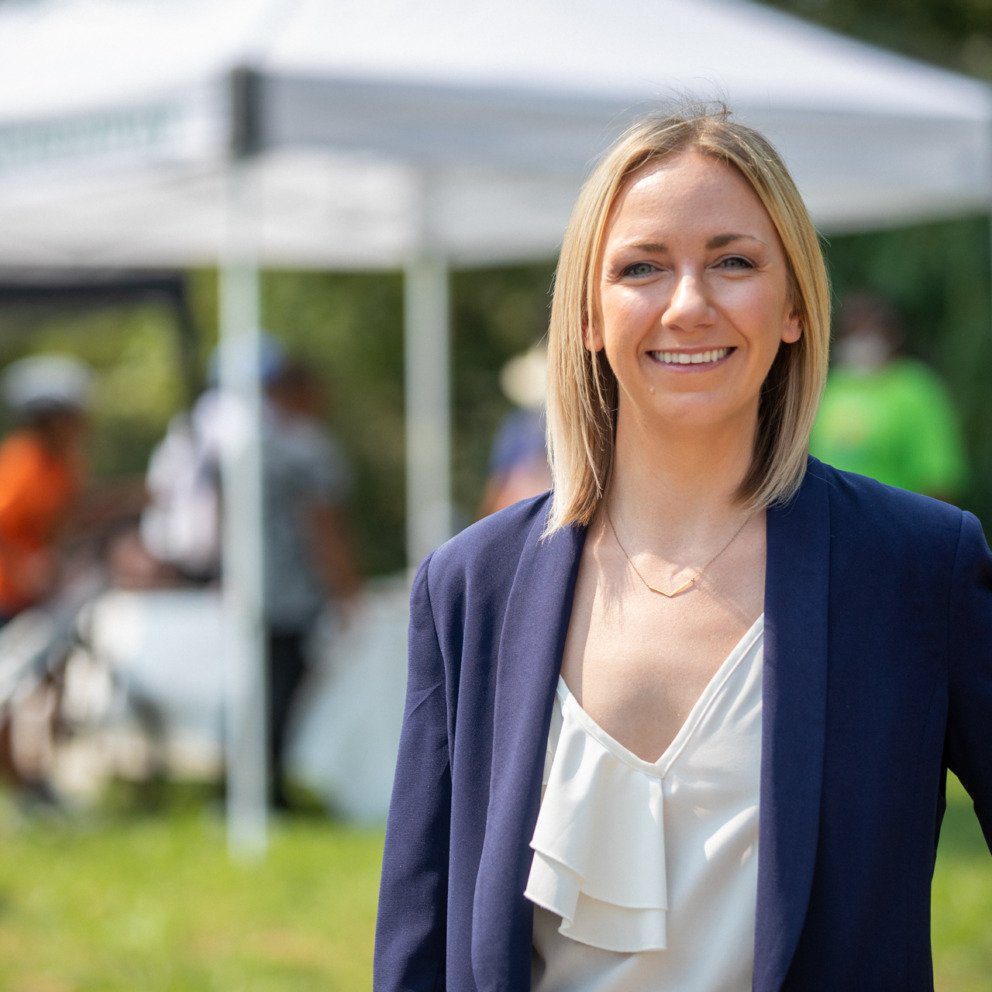Free Spirits
St. Louis’ Switchgrass Spirits is carving its own path with its grain-to-glass whiskey and brandy.
On a recent weekend tour of its production distillery in a converted American Legion Hall building in Wellston, Missouri, the team at Switchgrass Spirits was faced with a somewhat perplexing reaction from one guest: utter disbelief. Even after touring the facility in person and seeing firsthand the stainless steel tanks, alembic pot still and the rows and rows of white oak barrels aging bourbon, rye whiskey and apple brandy in the next room, they still did not believe Switchgrass made its own product.
Considering that Switchgrass has only been operating in the St. Louis area for a few years, it’s not exactly an unfair assumption. Starting a whiskey distillery can be prohibitively expensive, especially since you’re making a product that you won’t be able to sell for years.
Age is a key component to making whiskey: In the United States, it’s typically aged in barrels for a minimum of two to three years before it can be sold, though that’s merely a jumping off point for many brands. And for many whiskey and bourbon drinkers, age has come to signal quality. Due to the length of time inherently involved in making whiskey, many distilleries source their whiskey and bourbon from another company and then bottle it and sell it under their own label, especially when they’re just getting started and need something to take to market.
Rather than scare them off, those barriers to entry are exactly why married couple Nick Colombo and Sarah Miller, along with head distiller Pat Grosch, decided to open Switchgrass in the first place.
“We focused on whiskey because we thought all the barriers to entry would make it a better place for us, with less competition,” Miller says, “but also because vodka and gin feel more accessible to more people and whiskey felt like an area that was kind of an old boys’ club, or just a different class that wasn’t as welcoming. And one of the things we wanted to do was to make the spirit more welcoming. Part of the allure of whiskey is that it does seem like something that you have to be super educated on or be a whiskey snob, and we kind of wanted to fight against that and make a company that made whiskey very well that was also welcoming.”
Colombo and Grosch have both worked in breweries, and say they wanted to make a distillery that functioned almost more like a brewery – more educational, more seasonal, more collaborative, more willing to try new things. They also witnessed the craft beer boom firsthand and predicted that whiskey would soon see a similar shift in the market as consumers began to learn more about what was in their glass. They decided to be on the forefront of that movement, officially launching Switchgrass in 2016.
Since time is crucial in whiskey production, Miller says the Switchgrass team was prepared to be patient, knowing that they wouldn’t have aged spirits to sell for several years. But in the meantime, in order to have something to put on the market and start building a following, they developed the Copperhead Rock & Rye, a bottled cocktail inspired by a Prohibition-era recipe. Grosch, who worked as a chef in St. Louis for several years, says it offered an opportunity to call in his culinary background as they sought to turn their six-month rye whiskey into a palatable bottled cocktail. The Rock & Rye, which was released in February 2020, features high-quality ingredients including horehound as the bittering agent along with Belgian rock sugar, lemon and orange peel and a bouquet of spices.
Then, when it came time to taste their one-year whiskey, they were pleasantly surprised to find it tasted even better than they had predicted. “It was not just drinkable, but tasty,” Miller says. “People wanted it so we then proceeded to start making it more available. We actually were ready to wait even longer, and it turned out that we didn’t have to.”
Switchgrass’ production process differs from that of most commercial distilleries in a few ways, which the team credits with making their spirits taste better at a younger age. For starters, Switchgrass uses a sweet mash as opposed to the more common sour mash used to make whiskey for decades.
“Sweet mashing is when you use yeast instead of bacteria to do your sugar-to-alcohol conversions,” Colombo says. “That causes what we put into the still to be less acidic. Imagine a sour beer getting distilled or an ale – the ale is going to be much smoother coming out than the sour beer, and that’s what we do. That’s why our whiskey tastes smoother sooner: You don’t have to age out all that harshness. And you get cool flavors that bacteria doesn’t have. Our bourbon tastes a lot like apples and cherries because that’s what our yeast tastes like at 75 degrees.”
A sweet mash requires more maintenance than a sour mash, which is partly why the latter has become standard practice at many commercial distilleries producing high volumes of whiskey. But Grosch says the flavors that result from a sweet mash make it worth the extra work.
“We have a closed fermenter and we use new yeast at a low temperature and it’s agitated for about a week,” he explains. “Commercial distilling is about a 48- to 72-hour ferment, no agitation and no temp control, so this generally means your yeast are reaching higher and hotter temperatures and they’re creating a lot of extra off-flavored esters that are then going to need to be aged out over time. If you can keep that temperature down and keep that volatility under control, you’re gonna have a much more palatable product younger.”
Switchgrass also has a slightly different setup than most commercial distilleries, utilizing a unique hybrid pot and column still as opposed to a continuous column still. Grosch says this gives him more control when it comes time to make cuts, which is the process of separating the distillate into heads, hearts and tails. That, in turn, gives him more control over the flavor of the distillate throughout the process. He likens the difference between the two setups to running a manual car as opposed to an automatic.
“A commercial distill is going to have a large column that is just going to have fermented mash pumped in 24/7 – it’s an endless process,” he says. “Highly efficient, great for making money, but flavor lines are blurred. Your choices come at the end of distilling in the blending aspect rather than the front of it. And this is where the pot still comes into play and traditional cut process. Heads, hearts and tails are what we work with, and we focus on those lines between heads and hearts, and hearts and tails. Within those is where you decide to make your certain flavor arrangements. I spend a lot of time tasting the spirit as it’s coming out and babysitting it so I know what flavor components are in there. I know if there’s off things happening. I have a very high touch in the actual distilling process and the flavor components coming out in our distillate.”
Switchgrass is named for a native prairie grass that has a large root system as a nod to the local environment, and the team says the bounty of local ingredients available plays a huge role in the spirits they craft. Switchgrass’ traditional French-style apple brandy is made from fresh-pressed Jonathan apples from Happy Apples Orchard in Washington, Missouri, and the rye and wheat for its grain-forward mash bill are sourced from farmers in Illinois and Indiana. Since age is a key factor in its products, the team also took care to source high-quality white oak barrels from Tracy Cooperage in Silex, Missouri, that are aged for two years before any whiskey goes in to decrease the tannins.
“It’s really awesome to be in such a resource-abundant region for our particular industry,” Grosch says. “To me, it does not make sense that Missouri is not a bigger spirits producer given the abundance of great limestone-filtered water, apple orchards, all the grain, all the wood we can use, tons of cheap land. It has all the reasons to be just as big as Kentucky.”
That one incredulous tour guest notwithstanding, the St. Louis community – especially the bar and restaurant industry – has wholeheartedly embraced Switchgrass and its somewhat unconventional approach to making spirits. Production was just getting up and running in 2020, and Miller says support from the bar and restaurant industry – such as Brasserie, which uses Switchgrass’ rye in its Sazerac – has been key in building brand awareness as things began opening back up again. The team also credits the Tower Grove Farmers Market, where they host tastings each week, and Parker’s Table in Richmond Heights with opening countless doors. And that growth has continued to skyrocket – from 2021 to 2022, Switchgrass doubled their sales.
And while Colombo, Grosch and Miller are proud of the level of thought and care that’s gone into every bottle, they also want to keep their spirits approachable and welcoming to all. Some customers will want to know more about the pH of the water or the white wine yeast they use, and they welcome those conversations, but they also acknowledge that other customers will want to drink their whiskey with Coke. They aim for Switchgrass to be amenable to both.
“We don’t use language like ‘terroir’ with our whiskey as often because we want it to be more welcoming, but every single piece that is in that bottle, we have thought about,” Miller says.
“We’ve almost positioned ourselves in a weird spot, where we’ve never compromised on these specific things and we’re really proud of that, but we also don’t want to be pretentious and off-putting about it,” Colombo adds. “We’re just doing something different, and that’s the main message we’re trying to get across. One: we’re doing a different thing. Two: here’s how we’re doing it different.”
Join the Story
Learn more about Switchgrass Spirits’ portfolio and sign up to tour the distillery.
- Meet with a member of the team and taste their products on weekends at the University City or Tower Grove Farmers’ Market.
- Check out the Switchgrass Spirits’ whiskey and Honeymoon Chocolates’ pairings offered at Honeymoon Chocolates in Clayton.
- Switchgrass Spirits was included in Eater’s 32 Essential St. Louis Restaurants; don’t miss the rest of the list.
